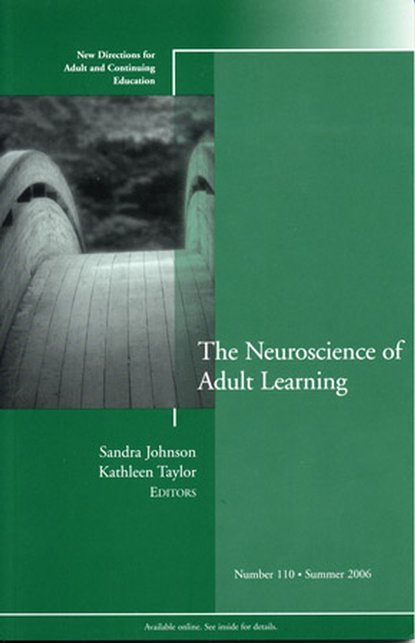Эта своевременная книга исследует связи между появляющимися нейробиологическими исследованиями обучения взрослых и практикой преподавания для взрослых. Теперь, когда стало возможным проследить пути мозга, задействованные в различных учебных задачах, мы также можем исследовать, какие обучающие среды, вероятно, будут наиболее эффективными. Темы, исследуемые в книге "Нейробиология обучения взрослых", включают: основную архитектуру мозга и "исполнительные" функции мозга; как обучение может "восстанавливать" последствия психологической травмы для мозга; влияние стресса и эмоций на обучение; центральное значение опыта для обучения и конструирования знаний; взаимоотношения наставник-ученик; пересечения между передовым опытом в обучении взрослых и текущими нейробиологическими открытиями.
Среди авторов книги - нейробиологи, педагоги и клинические психологи, которые выявили связи между функционированием мозга и способами повышения эффективности обучения. Хотя непосредственной целью этого тома является расширение дискуссии о преподавании и обучении взрослых, главной целью является побуждение взрослых учащихся к более сложным способам познания. Это 110-й том серии "Новые направления для взрослых и непрерывного образования", ежеквартального издания, опубликованного издательством Jossey-Bass.
This timely volume examines the links between emerging neurobiological adult learning research and adult educator's practice. With the possibility of tracking brain pathways during different learning tasks comes the exploration of what learning environments will prove most effective. The book explores topics such as: fundamental brain architectures, "executive" functions, and the learning brain repairing learning effects from psychological trauma brain relationships to emotions and learning, with a focus on experience building knowledge, relationships between mentoring/student practice and neurobiologic discovery, contributors including neuroscientists, educationalists, and psychological clinicians who explain связей between how brains work and learning enhancements. While the immediate focus of this book is to extend adult education and learning debates, it also seeks encourages to promote adult learners into more enriched means of learning. It makes up the 11th edition of "New Directions for Adult & Examining Current Brain Discoveries," a three-times-per-year booklet written and published by the company Jossey-bass.
This timely volume examines the links between emerging neurobiological researches of adult learning and adult educators’ practice. After it becomes possible to investigate the pathways in the brain affecting various learning-related tasks, it is also feasible to find out which educational environments will be most efficient. The topics covered in "The Neuroscience of Adult Learning" include the basic parts of cortical architecture and “executive” functions of brain, how training can “wipe out” the consequences of psychological traumas for the brain, the impact of stress and feelings on training, the importance of experience for training and creation of knowledge, as well as the interactions between examples of best practice in adult education and contemporary neurobiological findings. The authors include neuroscientists, educators and clinical psychiatrists who outlined connections between the way the brain works and training boosting methods. Although the primary objective of this book is to increase the conversation about adult teaching and education practices, its overriding goal is to engage adult learners into more innovative ways of exploration. This is book one hundred and ten in "New Directions in Adult and Continuous Education", a quarter publication issued by Jossey - Bass.
#зарубежная образовательная литература
#прочая образовательная литература
